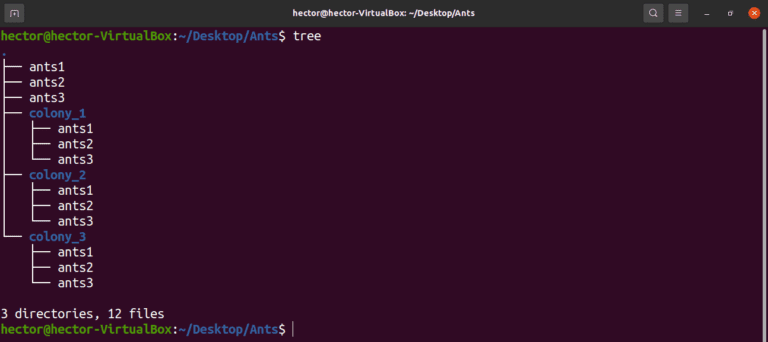
Python untar gz example how to#
You've also learned how to list and get info from archived files.

It covered two different python packages - zipfile and tarfile.
Python untar gz example archive#
In this tutorial, we covered how to extract single or multiple files from Archive with Python. If you like to change the output directory than you can change the second parameter - '.' Conclusion In this example we are going to extract the file - 'text1.txt' in the current working directory. Basic usage is shown below: import zipfile If you like to get just a single file from Archive then you can use the method: zipObject.extract(fileName, 'temp_py'). Note: All files from the archive will be unzipped in the current working directory for the script. It uses module - tarfile and differs the two types in order to use proper extraction mode: import tarfile Step 4: Extract files from Tar/Tar.gz With Pythonįor Tar/Tar.gz files we can use the code below in order to extract the files. Zip_file.extractall(directory_to_extract_to) With zipfile.ZipFile(archive, 'r') as zip_file: Package zipfile can be used in order to extract files from zip archive for Python. Step 3: Extract files from zip archive With Python json ones - or read the files as Pandas DataFrames you can do: from zipfile import ZipFileĭfs = If you like to filter them - for example only. ['pandas-dataframe-background-color-based-condition-value-python.png', Next we can list all files from the archive in a list by: from zipfile import ZipFile Step 2: List and Read all files from Archive with Python
Python untar gz example zip file#
If you are interested in parallel extraction from archive than you can check: Python Parallel Processing Multiple Zipped JSON Files Into Pandas DataFrame Step 1: Get info from Zip Or Tar.gz Archive with Pythonįirst we can check what is the content of the zip file by this code snippet: from zipfile import ZipFileįrom which we can find two filenames and size: We will describe the extraction of single or multiple files from the archive. Here we use open() method for creating tar file and add() method for adding other files to a tar file.In this article, we'll see how to read/unzip file(s) from zip or tar.gz with Python. The following code is an implementation for creating a tar file in Python. The following screenshot shows the files in the folder before creating a zipped file.

If you would like to enroll, use can use this link to get the. Open a file in write mode and then add other files to the tar file. This video was extracted from the Udemy Course 'Data Processing with Python'. In Python, we can create tar files using the tarfile module. How to create a tar file using the tarfile module?

If you’re more interested in learning about working with zip files in Python, the zipfile module tutorial here will be perfect. Let’s get right into working with the tarfile module now. Working with the tarfile module in Python tar extension but when they are compressed with other utilities like gzip then they have an extension tar.gz. Tar files are used for the distribution of open-source software. Tar files are archive files to keep many files in a single file. The name tar in tar files stands for Tape Archive Files. Create a tar file using the tarfile module.In this tutorial, we will see what tar files are and we will try to create and manipulate tar files with tarfile module of python programming language.


 0 kommentar(er)
0 kommentar(er)
